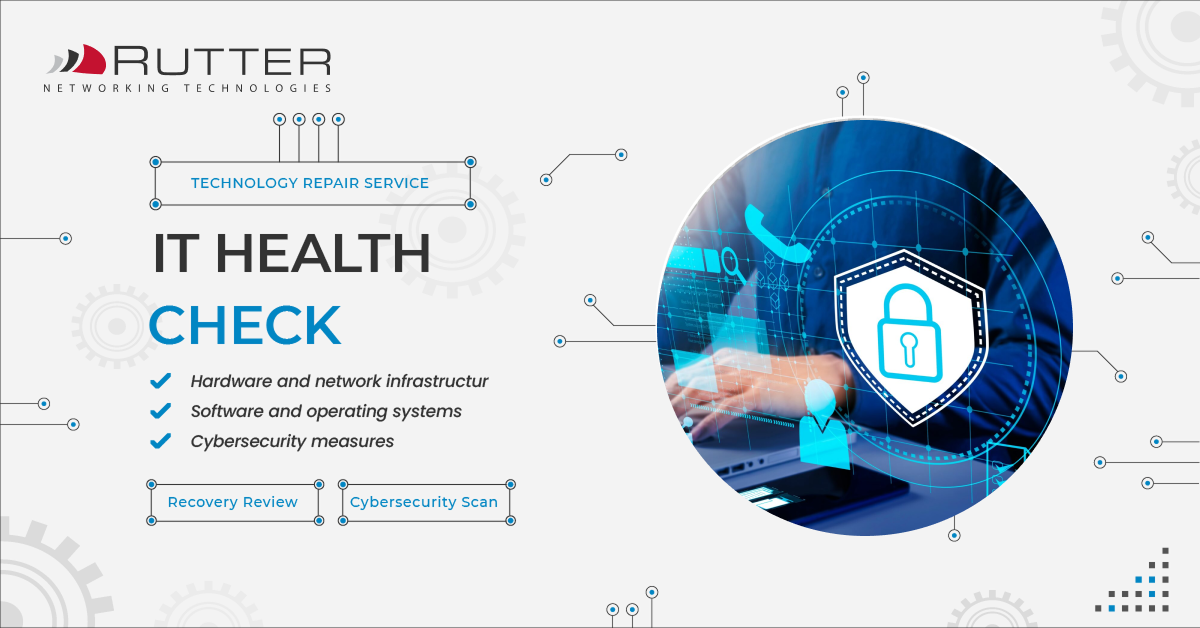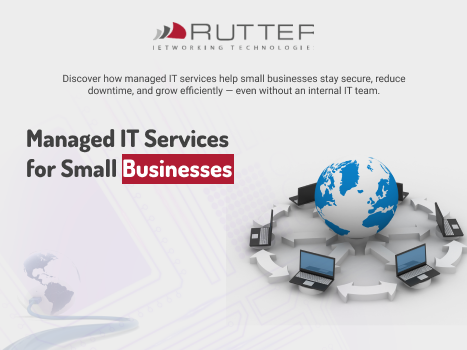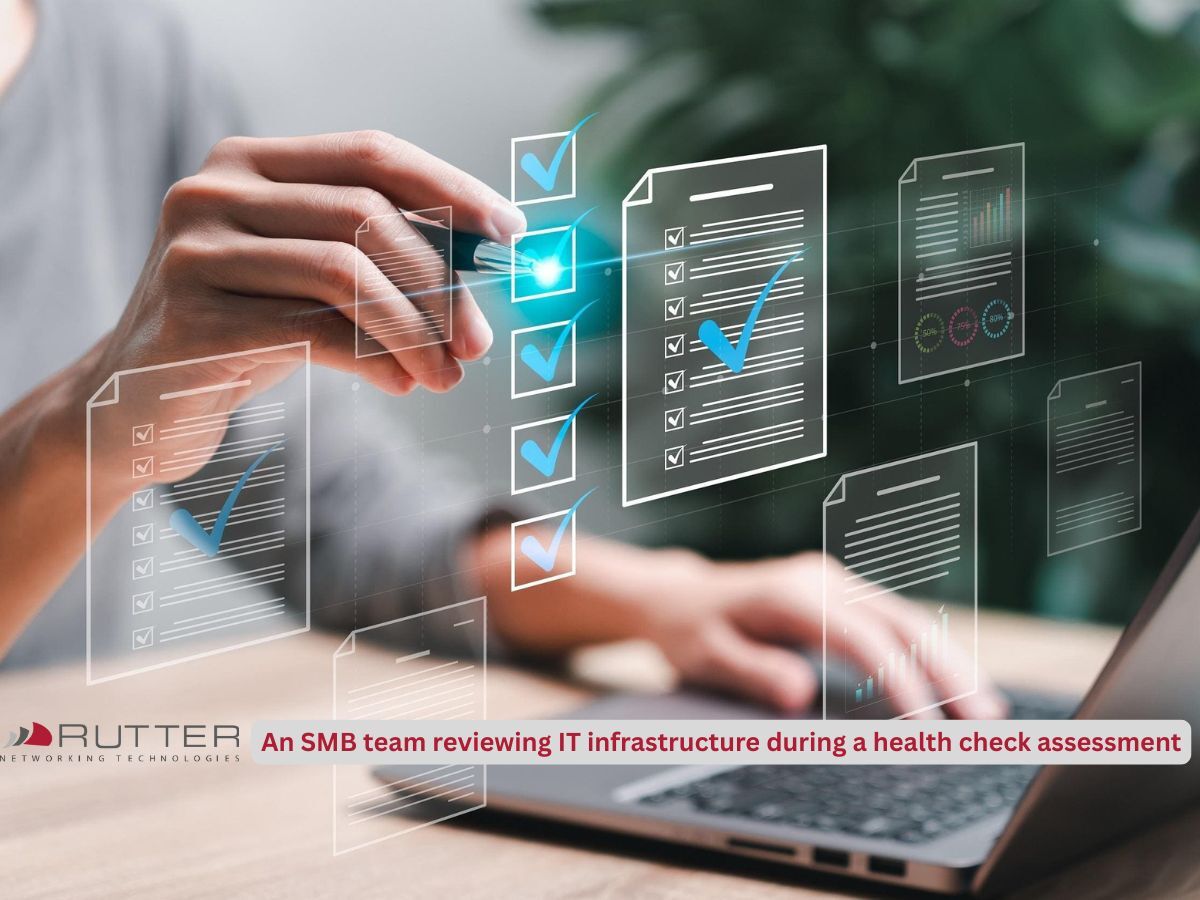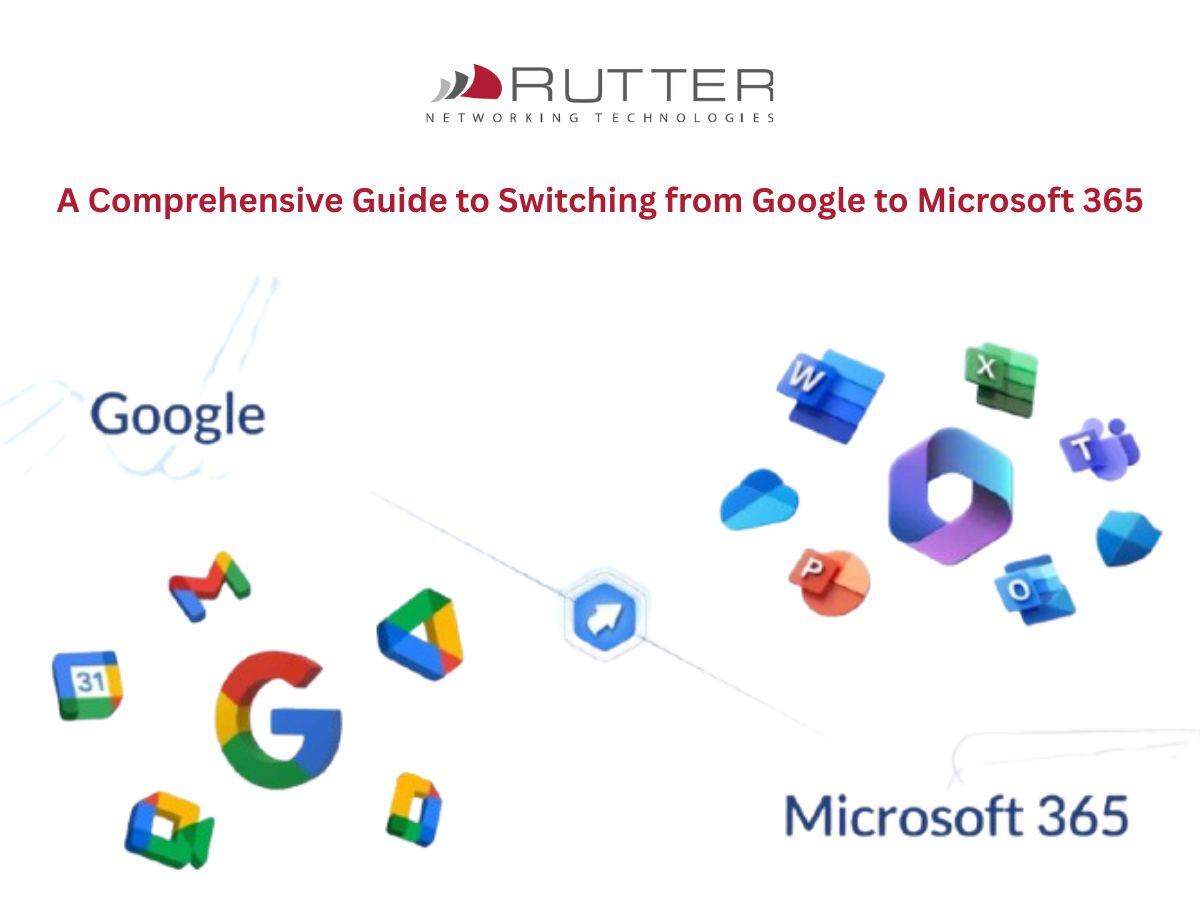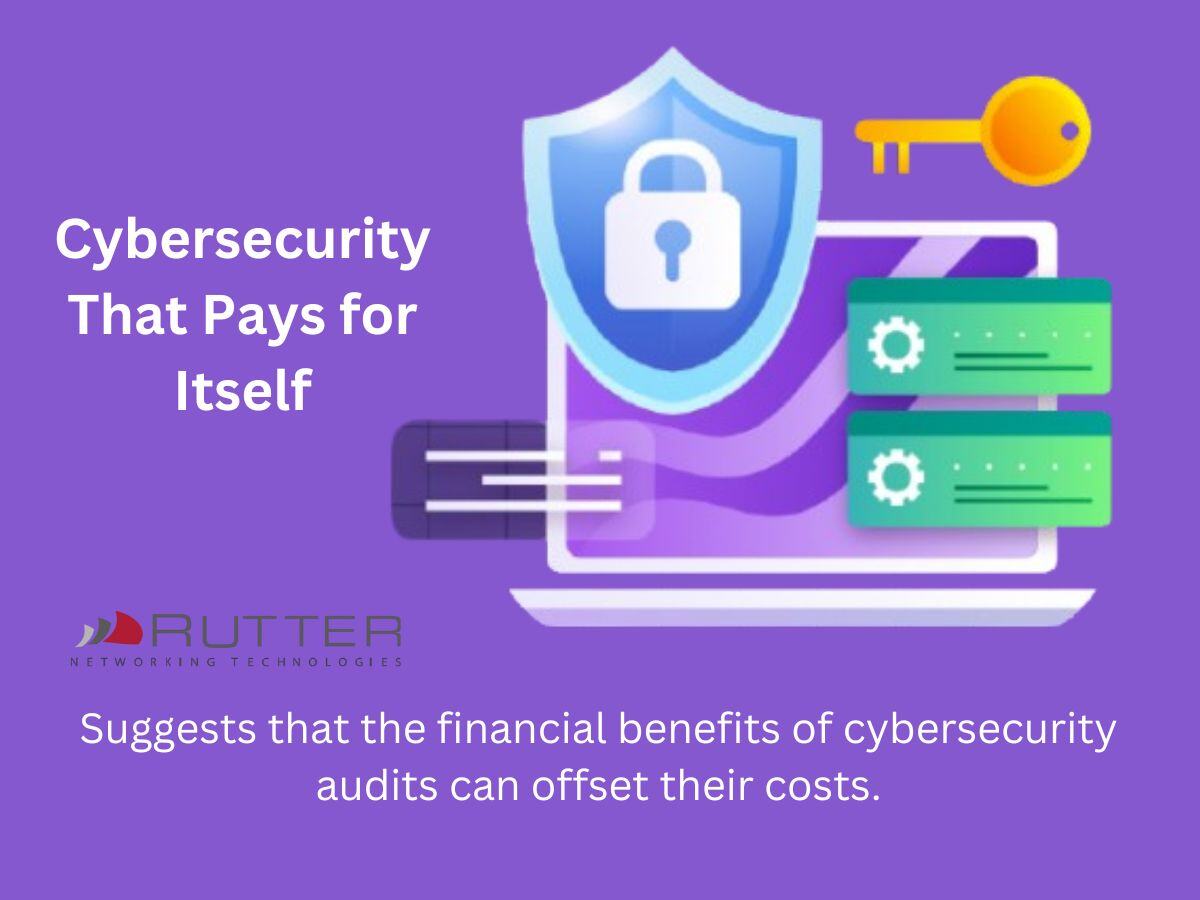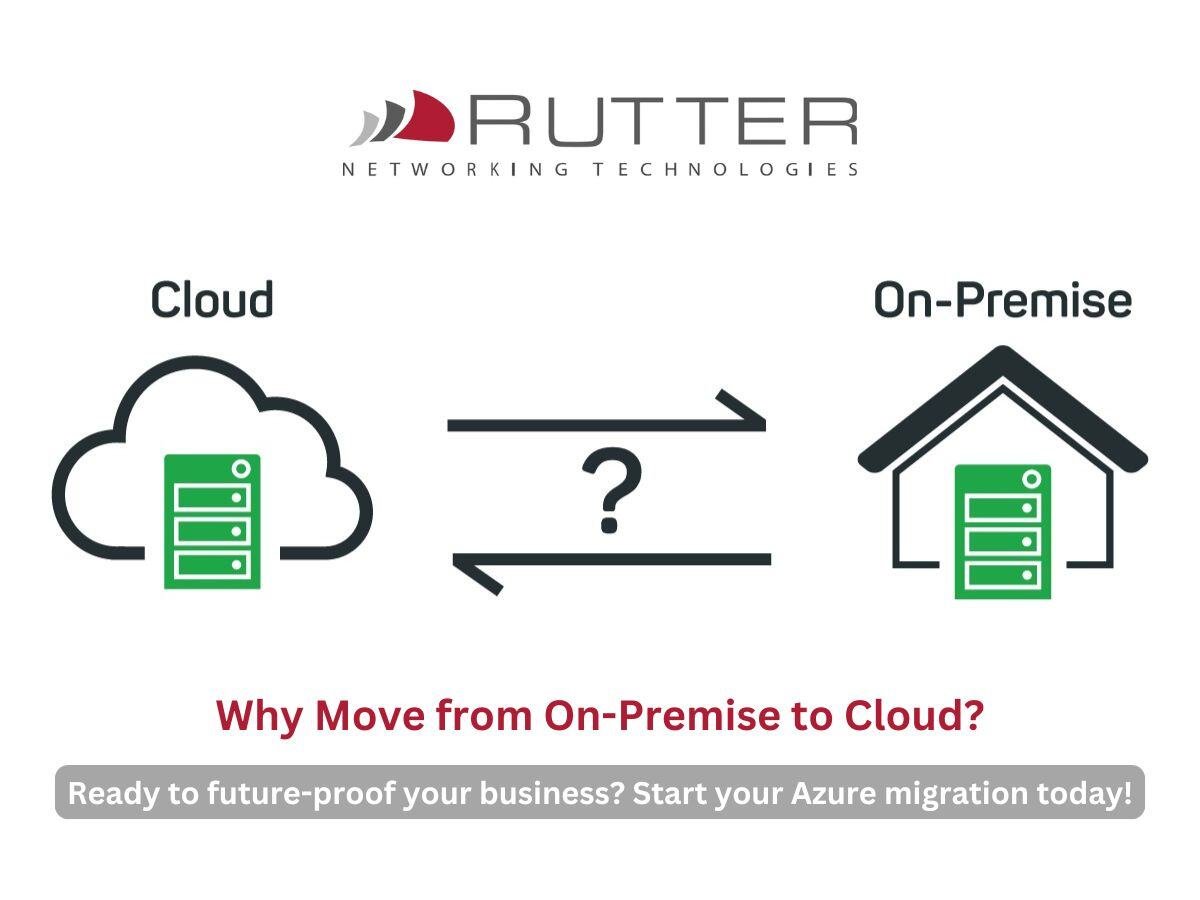If your network, software, or email systems haven’t been reviewed in over a year, your business might be sitting on hidden risks. Cybersecurity vulnerabilities, outdated systems, and inefficient processes can cost you money, productivity, and in the worst case your reputation.


